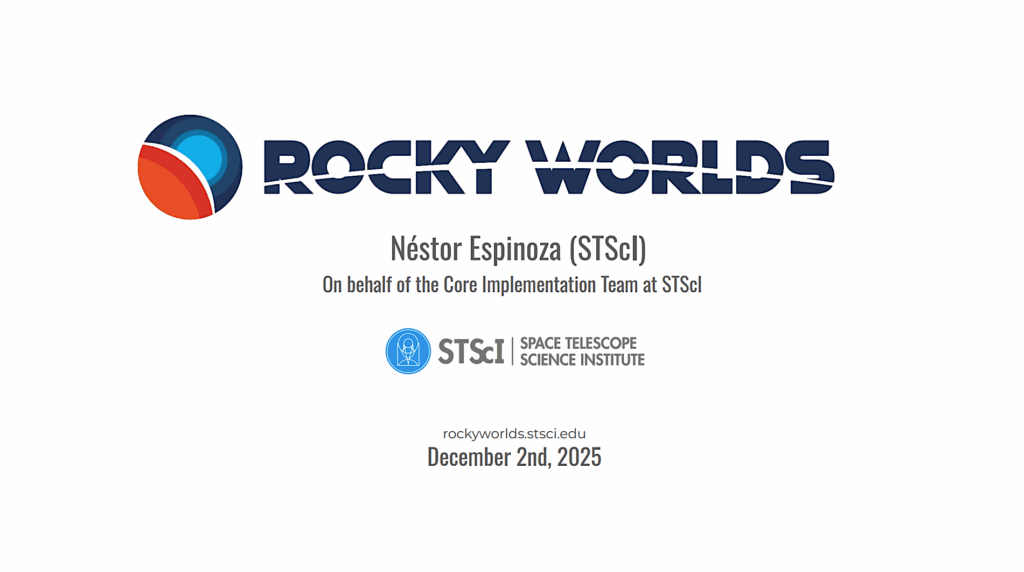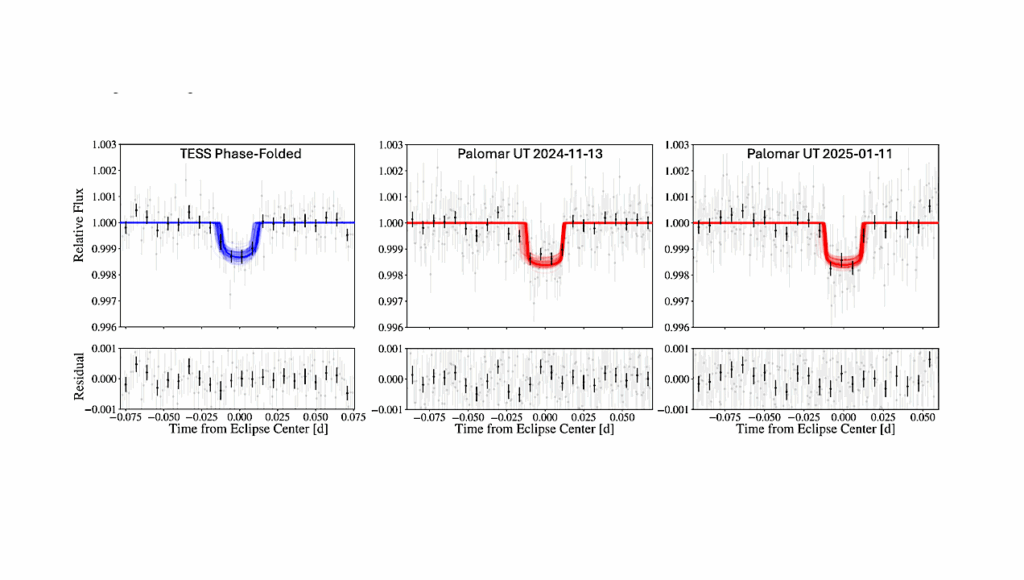A 1.9R⊕ Transit Candidate In The Habitable Zone Of Kepler-160

The Sun-like star Kepler-160 (KOI-456) has been known to host two transiting planets, Kepler-160 b and c, of which planet c shows substantial transit-timing variations (TTVs).
We used the archival Kepler photometry of Kepler-160 to search for additional transiting planets using a combination of our Wotan detrending algorithm and our transit least-squares (TLS) detection algorithm. We also used the Mercury N-body gravity code to study the orbital dynamics of the system. First, we recovered the known transit series of planets Kepler-160 b and c. Then we found a new transiting candidate with a radius of 1.91 (+0.17, -0.14) Earth radii (R_ear), an orbital period of 378.417 (+0.028, -0.025) d, and Earth-like insolation. The vespa software predicts that this signal has an astrophysical false-positive probability of FPP_3 = 1.8e-3 when the multiplicity of the system is taken into account.
Kepler vetting diagnostics yield a multiple event statistic of MES = 10.7, which corresponds to an ~85 % reliability against false alarms due to instrumental artifacts such as rolling bands. We are also able to explain the observed TTVs of planet c with the presence of a previously unknown planet. The period and mass of this new planet, however, do not match the period and mass of the new transit candidate. Our Markov chain Monte Carlo simulations of the TTVs of Kepler-160 c can be conclusively explained by a new nontransiting planet with a mass between about 1 and 100 Earth masses and an orbital period between about 7 and 50 d. We conclude that Kepler-160 has at least three planets, one of which is the nontransiting planet Kepler-160 d. The expected stellar radial velocity amplitude caused by this new planet ranges between about 1 and 20 m/s. We also find the super-Earth-sized transiting planet candidate KOI-456.04 in the habitable zone of this system, which could be the fourth planet.
Transit least-squares survey — III. A 1.9R⊕ transit candidate in the habitable zone of Kepler-160 and a nontransiting planet characterized by transit-timing variations
René Heller (1), Michael Hippke (2,3), Jantje Freudenthal (4), Kai Rodenbeck (4), Natalie M. Batalha (5), Steve Bryson (6) ((1) Max Planck Institute for Solar System Research, Göttingen (GER), (2) Sonneberg Observatory (GER), (3) Visiting Scholar, Breakthrough Listen Group, Astronomy Department, UC Berkeley (USA), (4) Institute for Astrophysics Göttingen, Georg August University Göttingen (GER), (5) Department of Astronomy & Astrophysics, UC Santa Cruz (USA), (6) NASA Ames Research Center, Moffett Field (USA))
Comments: published in A&A, 15 pages, 11 Figures (7 col, 4 b/w), 2 Tables
Subjects: Earth and Planetary Astrophysics (astro-ph.EP); Instrumentation and Methods for Astrophysics (astro-ph.IM); Solar and Stellar Astrophysics (astro-ph.SR)
Journal reference: Astronomy & Astrophysics, 2020, Vol. 638, id. A10
DOI: 10.1051/0004-6361/201936929
Cite as: arXiv:2006.02123 [astro-ph.EP] (or arXiv:2006.02123v1 [astro-ph.EP] for this version)
Submission history
From: René Heller
[v1] Wed, 3 Jun 2020 09:36:03 UTC (5,231 KB)
https://arxiv.org/abs/2006.02123
Astrobiology








